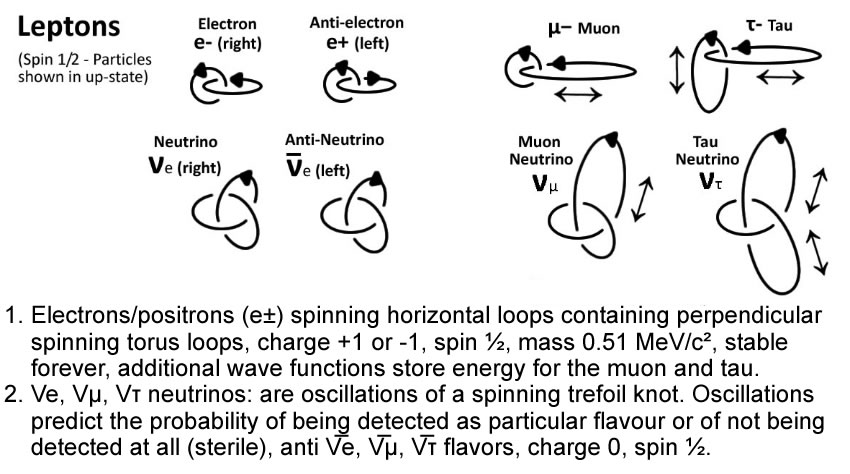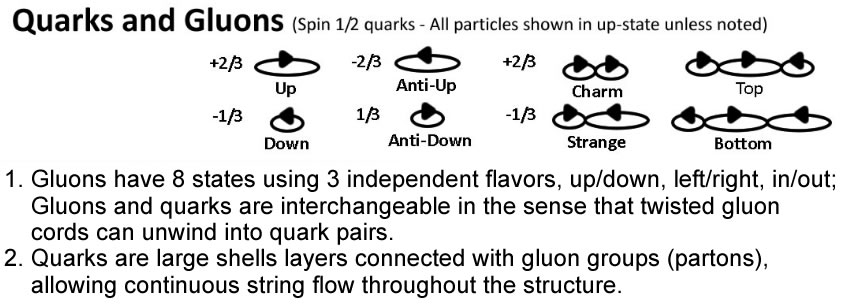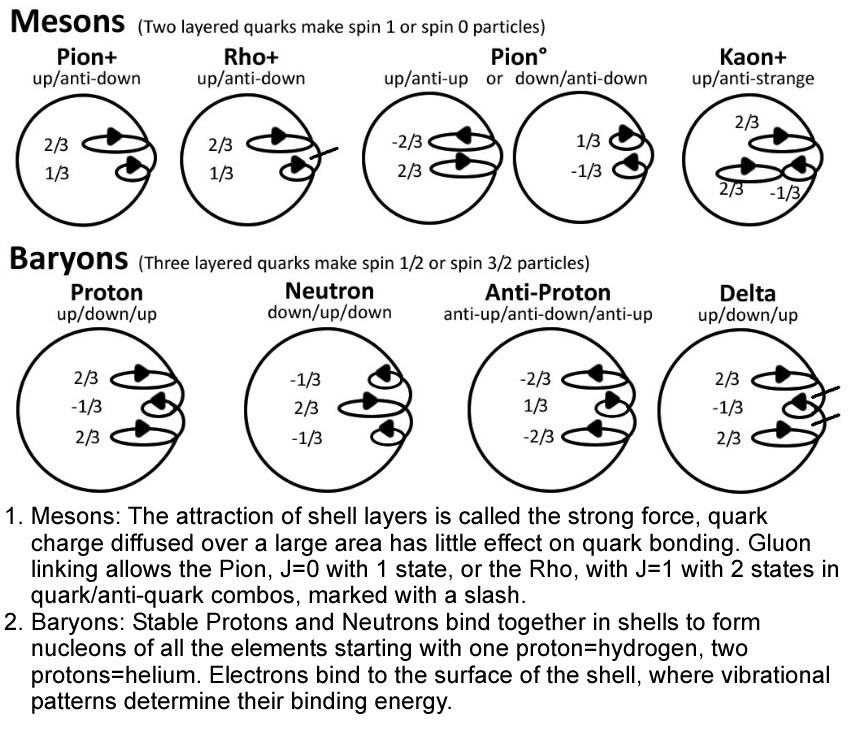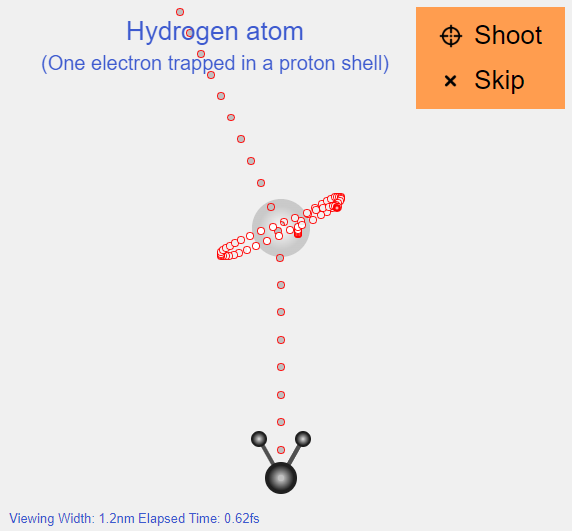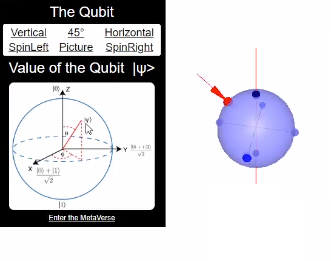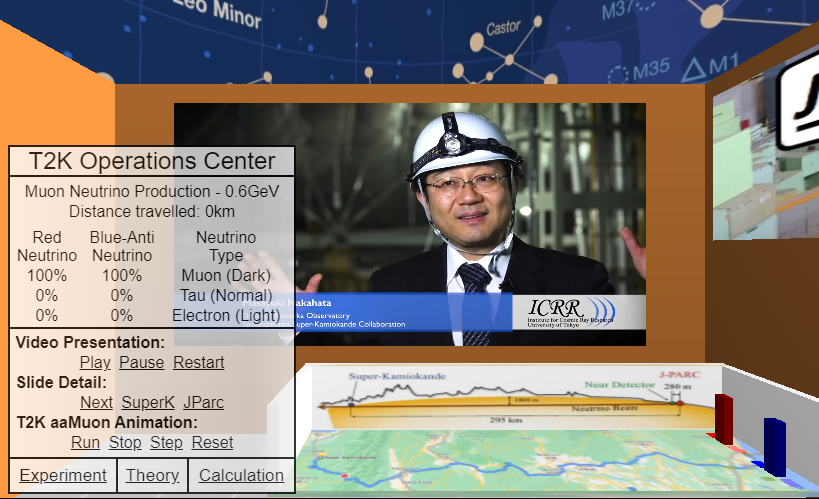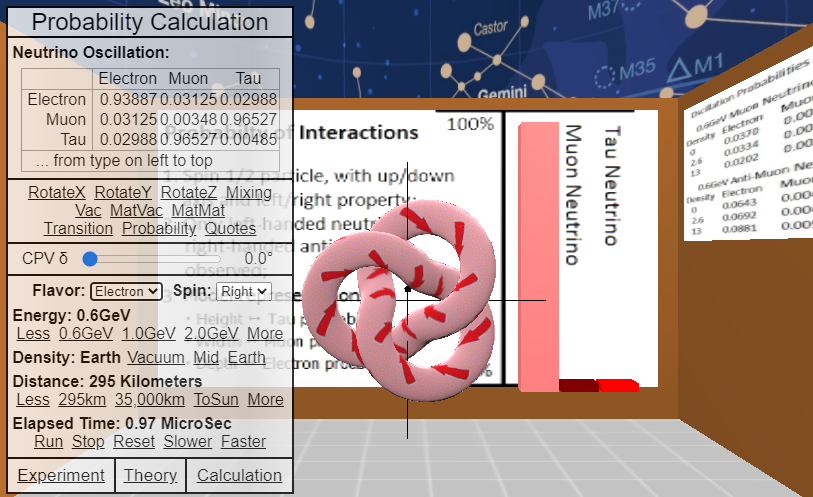Epicurus (ca. 341–270 BC) in a letter to Pythocles:
“When one accepts one theory and rejects another which is equally consistent with the phenomenon in question,
it is clear that one has thereby blundered out of any sort of proper physics and fallen into mythology.”
Animated physics uses a fixed grid and fixed
time steps, similar to frames in a movie, to model the particles and forces of matter and energy. You must run the animation for a period of
time find out where a particle is at that time. You are not allowed to change the time frame or grid spacing while an animation is running.
The world of animated physics is not deterministic. There is always a time and grid spacing smaller then the one you choose that could
contain additional hidden variables.



 In 1949, Einstein wrote:
In 1949, Einstein wrote:

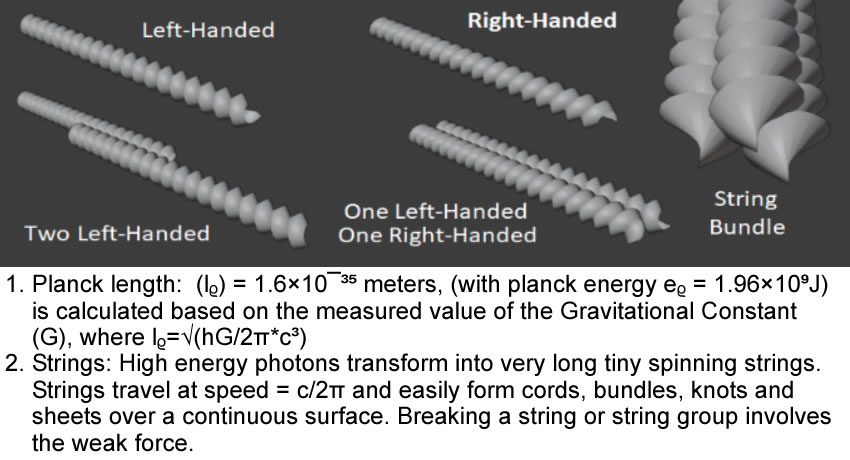
 When building particles, dimensions become variables. Position x/y/z in space and t for time.
If spinning strings form a moving sheet on a surface, we need surface variables. For a torus surface, we need a torus bending
radius variable and a torus thickness variable. For the position of the sheet on the surface,
we need a SheetX and a SheetY variable. For the angle the sheet is moving at over the surface we need SheetA.
For the torus, we only need 9 variables or 9 independent dimensions to describe it.
When building particles, dimensions become variables. Position x/y/z in space and t for time.
If spinning strings form a moving sheet on a surface, we need surface variables. For a torus surface, we need a torus bending
radius variable and a torus thickness variable. For the position of the sheet on the surface,
we need a SheetX and a SheetY variable. For the angle the sheet is moving at over the surface we need SheetA.
For the torus, we only need 9 variables or 9 independent dimensions to describe it.


